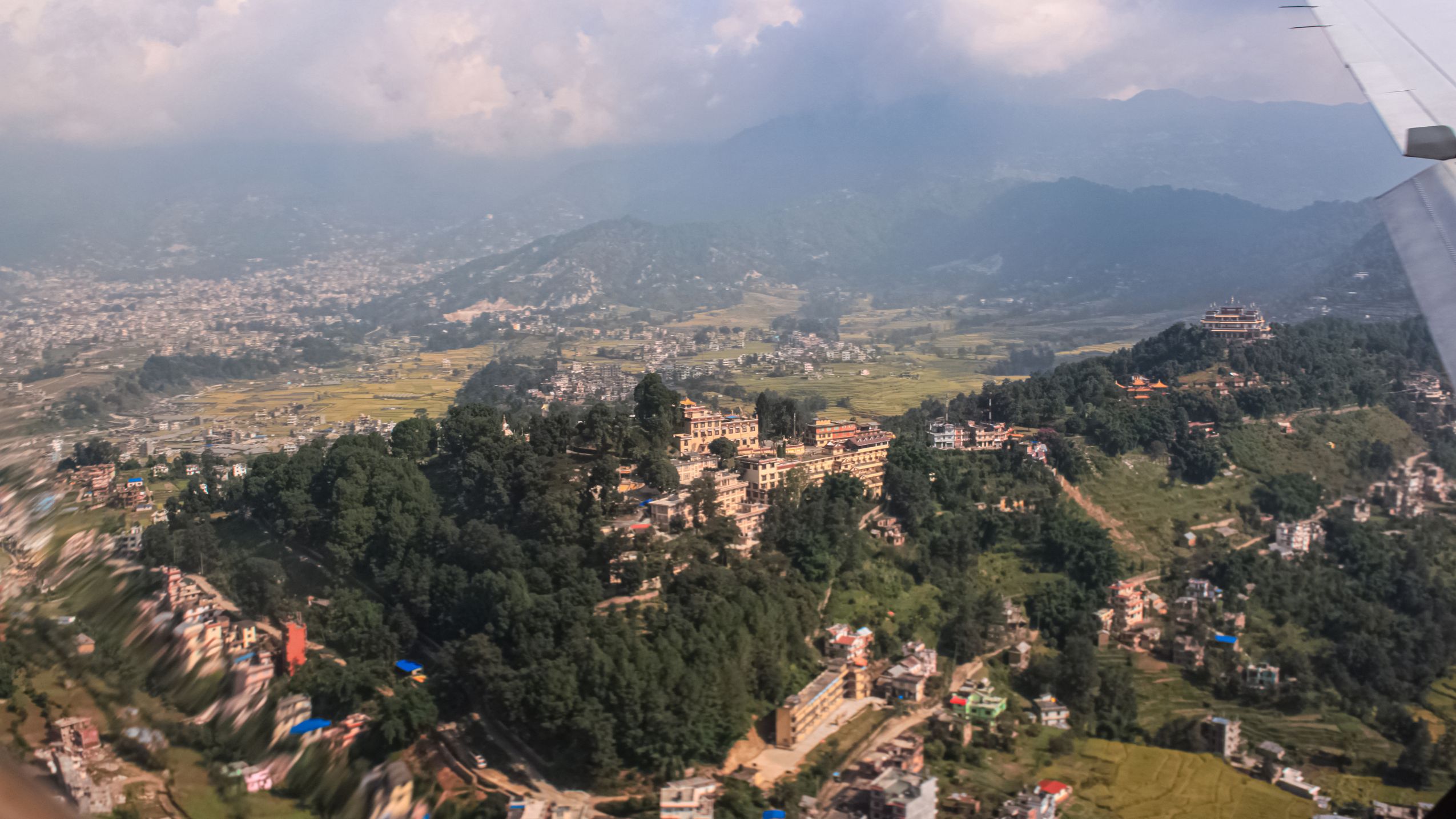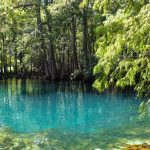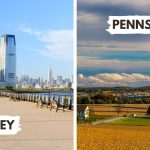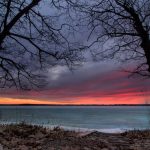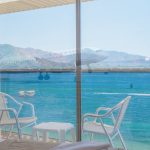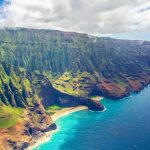Nepal, a realm of awe-inspiring landscapes, rich traditions, and the towering Himalayas, calls out to adventurers, culture seekers, and nature enthusiasts alike.
Imagine trekking through trails leading to Everest Base Camp, wandering through ancient temples, or losing yourself in the serenity of unspoiled natural beauty.
To truly capture the essence of Nepal, choosing the right time to visit is essential. In this blog, we’ll journey through when is the best time to go to Nepal, guiding you to the perfect moment for your adventure. Join us as we navigate the best times to inspect on your unforgettable Nepalese adventure.
When Is The Best Time To Go To Nepal:
TOC
Nepal, a land where nature’s grandeur and rich traditions converge, is a destination for all seasons. Yet, each time of year unveils a different facet of its charm. Here’s a vibrant look When Is The Best Time To Go To Nepal to explore this Himalayan gem:
1. Spring (March to May)
Springtime in Nepal is a symphony of mild weather, clear skies, and blooming rhododendrons that set the hills ablaze with color. This season is a trekker’s paradise, offering perfect conditions for iconic trails like Everest and Annapurna. Wildlife enthusiasts will also find joy in Chitwan National Park, where the jungle comes alive.
2. Autumn (September to November)
Autumn is Nepal’s star season. Post-monsoon clarity reveals breathtaking mountain vistas, making it the prime time for trekking. The weather is comfortably cool, and the air is crisp. This season also hosts major festivals like Dashain and Tihar, transforming the streets into vibrant celebrations of culture and tradition.
3. Winter (December to February)
Winter casts a serene spell over Nepal. While the high-altitude regions experience a deep chill, the lower altitudes and cities remain accessible and inviting. Crisp, clear days are perfect for cultural explorations in Kathmandu, Bhaktapur, and Patan. Lower altitude treks and wildlife safaris in Chitwan are also more enjoyable during this quieter season.
Read More: 10 Naturally Beautiful Places In Nepal
4. Monsoon (June to August)
The storm season douses Nepal in lavish plant life, however it presents moves for traveling because of dangerous ways and possible avalanches. However, the rain-shadow areas like Upper Mustang and Dolpo offer a unique trekking experience, remaining relatively dry. The landscape’s verdant transformation and the fewer tourists create a tranquil atmosphere.
Exploring Your Nepalese Adventure:
- For Trekkers and Adventurers: Spring and autumn are unbeatable, with their ideal weather and stunning views.
- For Culture Seekers: Autumn’s festival season provides a cultural feast, while winter offers a peaceful exploration of heritage sites.
- For Nature Lovers: Spring and winter are perfect for wildlife spotting and appreciating Nepal’s natural beauty.
Nepal will leave you spellbound. Plan your journey around the seasons to capture the essence of what this extraordinary country has to offer.
FAQS:
Q. when is the best time to go trekking in Nepal?
Spring (March to May) and autumn (September to November) are the sweet spots for trekking in Nepal. Anticipate gentle climate, clear skies, and stunning mountain sees during these seasons.
Q. can you trek in nepal without a guide?
Absolutely, you can trek solo in Nepal, but having a guide is highly recommended. While independent trekking is doable on popular routes, a guide can provide valuable insights, enhance your experience, and ensure your safety.
Q. Do I need a permit to trek in Nepal?
Yes, trekking in Nepal requires specific permits like the TIMS (Trekkers’ Information Management System) card and regional permits. These are easily obtainable in Kathmandu or Pokhara, depending on your trekking destination.
Q. What essentials should I pack for a Nepal trekking adventure?
Pack wisely with sturdy hiking boots, warm layers, a high-quality sleeping bag, a first aid kit, and plenty of snacks. Layering is key because of the shifting atmospheric conditions you’ll experience.
Q. Should I worry about altitude sickness while trekking in Nepal?
Yes, altitude sickness is a serious concern. To avoid it, acclimatize properly, stay hydrated, and take your time ascending. Consulting with a healthcare professional before your trip is a smart move.

Its Aliza R. Khan, a passionate travel blogger from Bangladesh. With a knack for inspecting hidden gems and sharing travel tips, I love to inspires readers to explore the world with curiosity and adventure.
